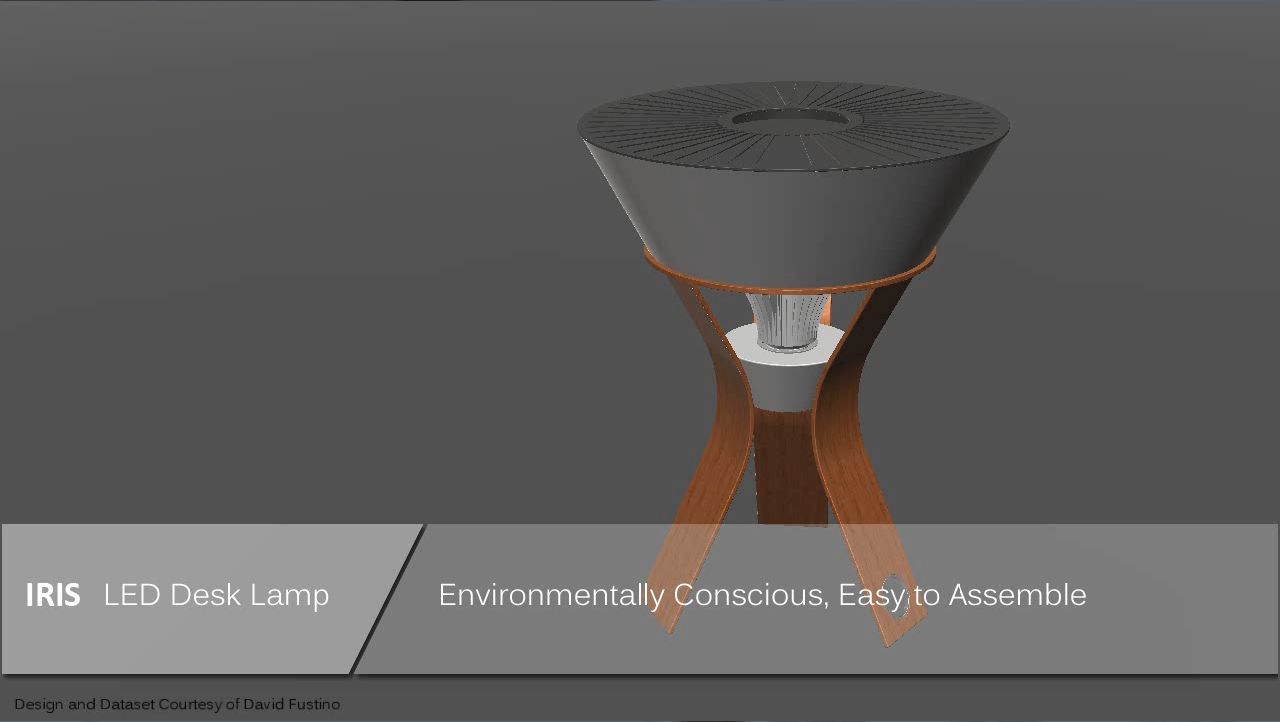You are here
Products like electronics have components that can fail, or need to be upgraded, well before the rest of the product needs to be replaced. Millions of pounds of electronics are scrapped every year. Repair and upgrade can address this e-waste problem by extending your product’s useful life and slowing down the rate of disposal.
The most important things for designing for repair and upgrade is a clear design intent and an understanding of user behavior.
Repair and upgrade is easier when your product’s components are easier to disassemble and access. It’s most important to allow easy access to the components most likely to break or need maintenance. This isn’t a new idea: until recently, almost everything was designed to be repaired. Materials and energy are used to make each thing we manufacture, and so making things last longer has a real environmental benefit.
No matter how easy your product is to repair, it’s hard to keep it from becoming obsolete as new technologies roll out. You can intervene by designing your products to be easy to upgrade. One key approach is to use a modular product architecture that makes it easy to swap out components. This gives users flexibility and allows for product extensions you can’t even see coming yet.
Clear instructions are very helpful, but it’s also important to think about how someone could make sense of your design without detailed instructions.
Autodesk software can help you create service documentation to communicate to your users how to repair, service, or upgrade your product.
| Attachment | Size |
|---|---|
| 452.76 KB | |
| 5.82 MB | |
| 50.83 MB |
Links and References
- Free repair manuals that you can edit. Building community and capacity around repair!
- Let's take back our right to repair! Help us get this manifesto posted in every workshop, hacker space, and garage in the world!
- Conceptual work that blends art, design, and repair to create a social commentary on the meaning and functionality of the objects in our lives.


